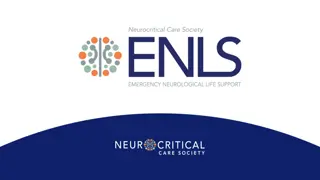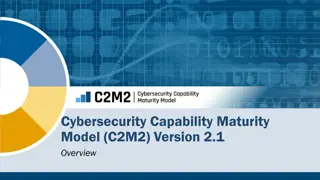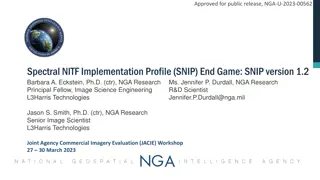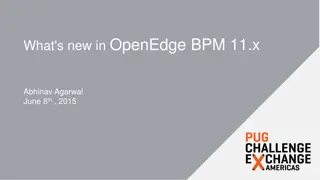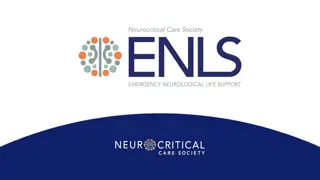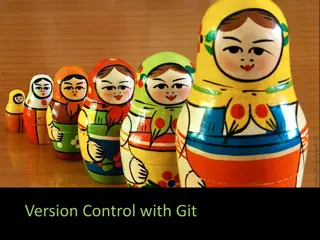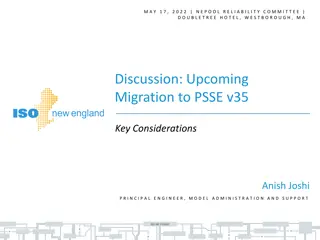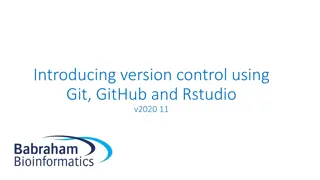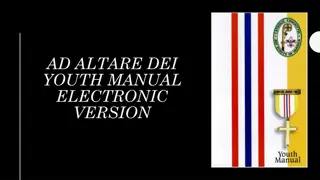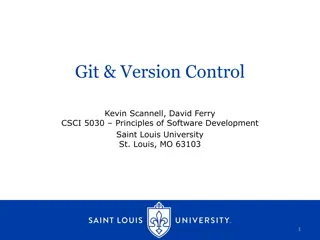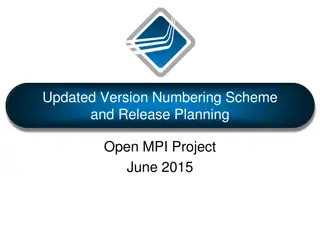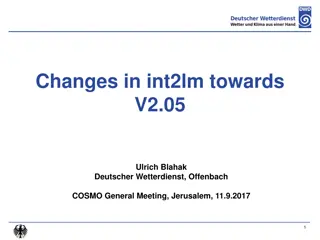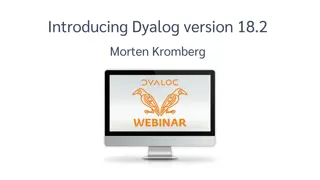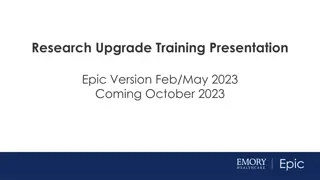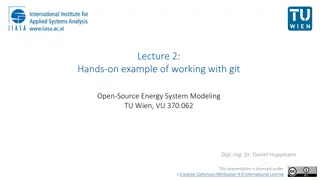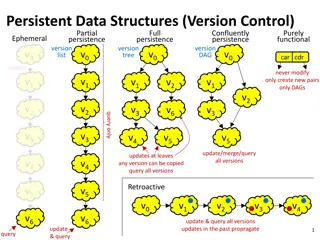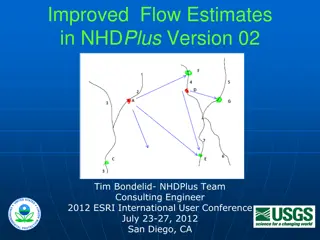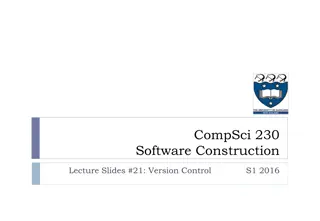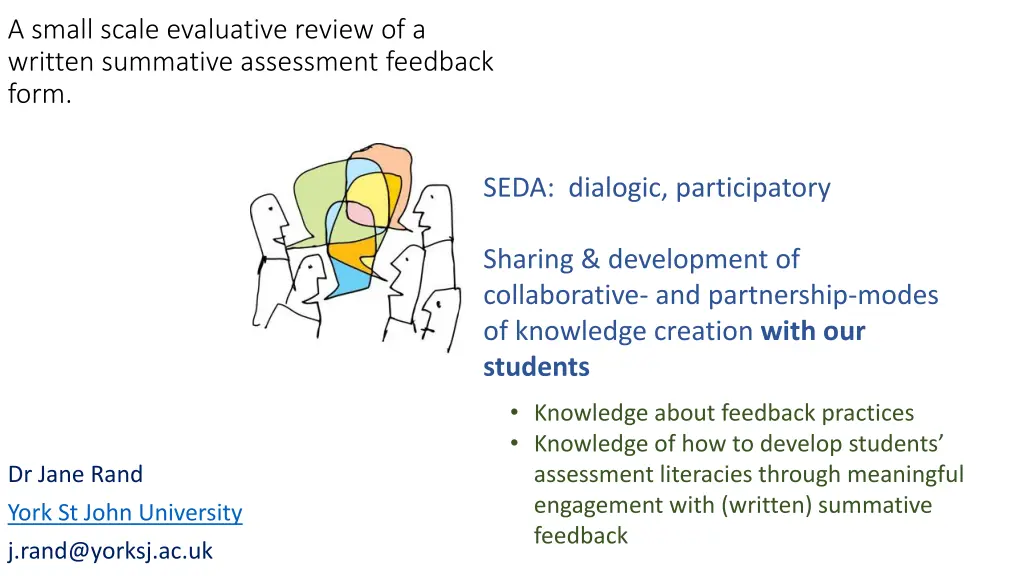
Transforming Student Engagement through Summative Assessment Feedback Analysis
Explore a small-scale evaluative review of written summative assessment feedback, focusing on developing students' assessment literacies and fostering meaningful engagement. Discover findings, considerations for knowledge co-creation, and practical steps to enhance student feedback interaction.
Download Presentation

Please find below an Image/Link to download the presentation.
The content on the website is provided AS IS for your information and personal use only. It may not be sold, licensed, or shared on other websites without obtaining consent from the author. If you encounter any issues during the download, it is possible that the publisher has removed the file from their server.
You are allowed to download the files provided on this website for personal or commercial use, subject to the condition that they are used lawfully. All files are the property of their respective owners.
The content on the website is provided AS IS for your information and personal use only. It may not be sold, licensed, or shared on other websites without obtaining consent from the author.
E N D
Presentation Transcript
A small scale evaluative review of a written summative assessment feedback form. SEDA: dialogic, participatory Sharing & development of collaborative- and partnership-modes of knowledge creation with our students Knowledge about feedback practices Knowledge of how to develop students assessment literacies through meaningful engagement with (written) summative feedback Dr Jane Rand York St John University j.rand@yorksj.ac.uk
Look IN tothe project.the findings Look OUT fromthe project consider the potential for co-creation of knowledge What? [Description] So What? [Theory-building] Now What? [Action-orientation] (Rolfe, et al., 2001)
WHAT? Where are we now? Malm University Students as co-creators developing methods for increased student participation. https://www.mah.se/upload/BIT/Projekt/poster_LILAC_students%20as %20cocreators.pdf [Accessed 8/2/16]
WHAT? WHAT? NEW TEMPLATE: o separate sections for: Evaluation of current (submitted) task Generic areas for development for future tasks o Highlighted assessment criteria (to support grade decision) Short-life working group, post-NSS Semester 1 Application to University Students as Researchers Scheme to support evaluation Semester 2 Student researcher appointed (from Psychology) 3 key questions to support evaluation of our new form: How do students engage with summative feedback. That is, how do students understand, approach and experience it? How comprehensive is students understanding of the strengths and areas for development of their work as a result of summative feedback? What do students do as a result of receiving summative feedback? 2014/15 Student focus groups, led & designed by student researcher 30 students, representing four (of nine) programmes. ~2:1 ratio 2nd:1st year students THEMES: o Inconsistencies: narrative & assessment criteria between lecturers o Vagueness o Students desire for: positive comments personalisation Students read the grade before reading the comments Many never read the comments Some read the comments the day after receiving a bad grade Most students don t use previous feedback to support future assessments .revised form .GRADE AT THE TOP... Students delighted!! Programme-team discussions re: themes Follow-up case studies with 2nd year (now 3rd year) students. 2015/16
WHAT WHAT? Double-loop http://www.classroom-aid.com
SO WHAT? To what extent do you recognise the themes from your experience of students reports of feedback? What does this tell us? What practical steps can we take to support students to engage (more) meaningfully with summative assessment feedback.
NOW WHAT? What practical action did we take? New template Unsuccessful with bid for 2nd round of Student as Researcher funding Follow-up case studies early results How can we make our research practices more participatory? Where do we want to be? (Malmo) Identify short-term ambition(s) for change/development How are we going to get there? Identify practical steps to changing practice
I will collate information from todays session & disseminate.
Bibliography Glover, C., & Brown, E. (2006) Written Feedback for Students: too much, too detailed or too incomprehensive to be effective? Bioscience Education, 7 (May) [Online]. Available at https://www.heacademy.ac.uk/written-feedback- students-too-much-too-detailed-or-too-incomprehensible-be-effective Maggs, L. (2014) A case study of staff and student satisfaction with assessment feedback at a small specialised higher education institution. Journal of Further and Higher Education, 38 (1), pp. 1-18. McCann, L., & Saunders, G. (2009) Exploring student perceptions of assessment feedback. SWAP Report. York, HEA. Rolfe, G., Freshwater, D. & Jasper, M. (2001) Critical reflection in nursing and the helping professions: a user s guide. Basingstoke, Palgrave Macmillan Weaver, M. R. (2006) Do students value feedback? Student perceptions of tutors written responses. Assessment & Evaluation in Higher Education, 31 (3), pp. 379-394.

